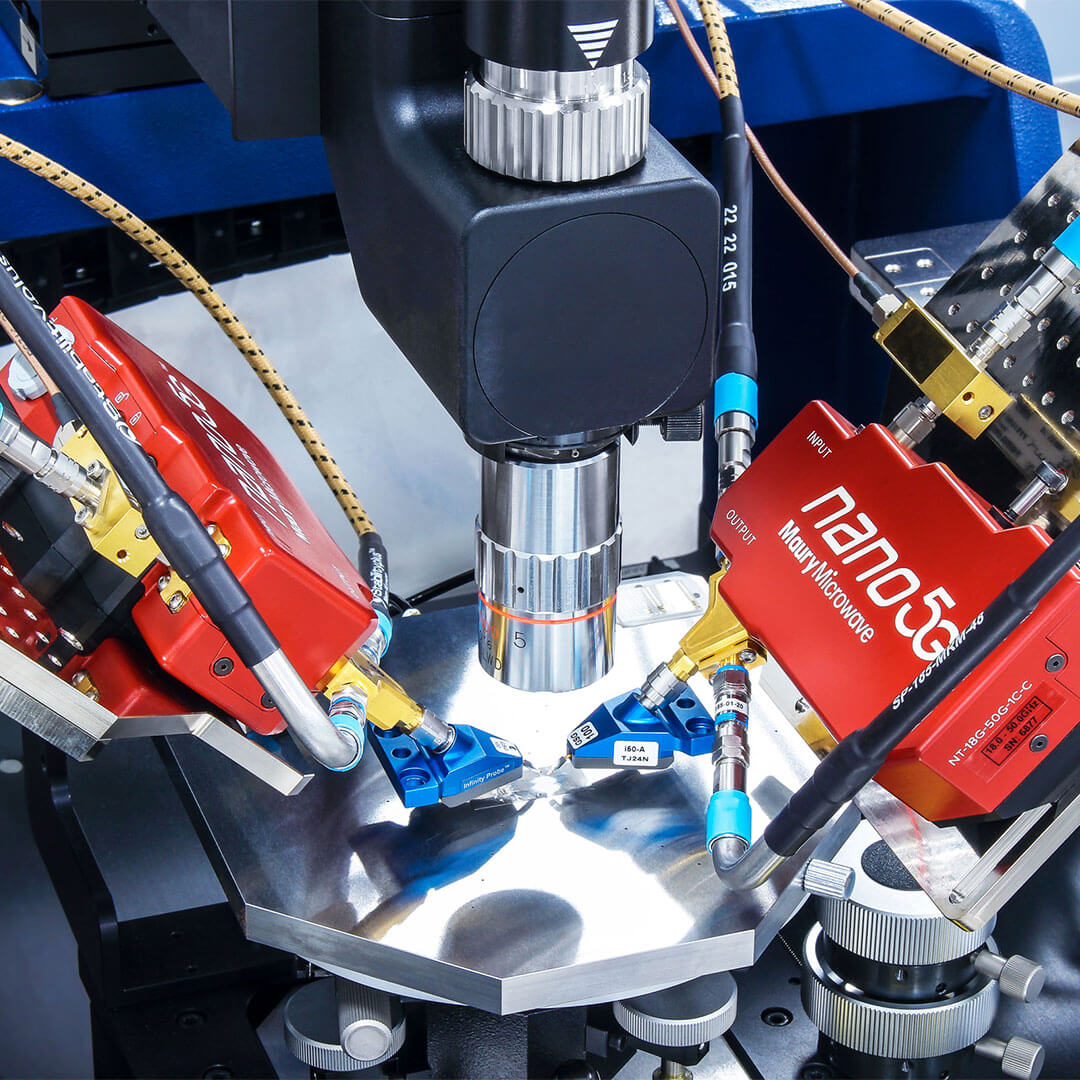5G, known as the fifth-generation wireless technology, represents the newest advancement in mobile network technology, designed to deliver enhanced speed and reliability for mobile and other internet-connected devices. It improves upon the foundations laid by earlier generations, providing notable advancements in data transmission speeds, reduced latency, and increased network capacity.
While there are advantages of 5G at millimeter wave frequencies, such as high data speeds, low latency, increased capacity, and enhanced user experience, there are some challenges.
These frequencies offer a shorter range than lower frequencies and can be significantly obstructed by physical barriers such as buildings and trees. To mitigate these issues, each component of the 5G infrastructure needs to be finely tuned for peak performance. A key element in harnessing the potential of 5G millimeter-wave technology is the power amplifier (PA). The design of the PA is vital for ensuring the system operates at its best, with the main objectives being to enhance power and efficiency, ensure suitable linearity, and maintain a compact size. During the design process, engineers focus on these critical factors. A crucial tool that PA engineers employ to meet these design goals is known as Load Pull, which plays a significant role in optimizing the performance of the power amplifier.
Maury Microwave and FormFactor Inc. collaborated to produce an application note on an optimized on-wafer passive load pull system for 5G FR2 frequencies.
The article titled “Overcoming the Challenges of Passive On-Wafer Load Pull Measurements at Millimeter Wave Frequencies for 5G Applications” explores the difficulties encountered with conventional on-wafer passive load pull measurements. It also introduces a refined solution involving an automated impedance tuner platform and probe station integration designed to address these challenges effectively.
The advantages of utilizing 5G technology at millimeter wave frequencies are evident, promising higher data speeds, reduced latency, increased capacity, and an overall improved user experience. However, to fully realize these benefits, telecommunications infrastructure must undergo optimization, with particular emphasis on power amplifiers (PAs) and integrated circuits (ICs).
Developers of PAs and circuit designers employing load pull techniques must carefully address tuning range and phase skew, crucial factors for on-wafer load pull measurements essential to optimizing the performance of their designs. Maury Microwave has introduced its Nano5G™-series of compact tuners, facilitating direct-probe connection. When paired with FormFactor’s low-loss Infinity, InfinityXT, ACP, |Z| probes, and integrated with optimized probe station integration, these solutions achieve maximized tuning range and minimized phase skew.
Collaboratively, Maury Microwave and FormFactor offer solutions to overcome the challenges associated with passive on-wafer load pull measurements at millimeter wave frequencies for 5G applications.
